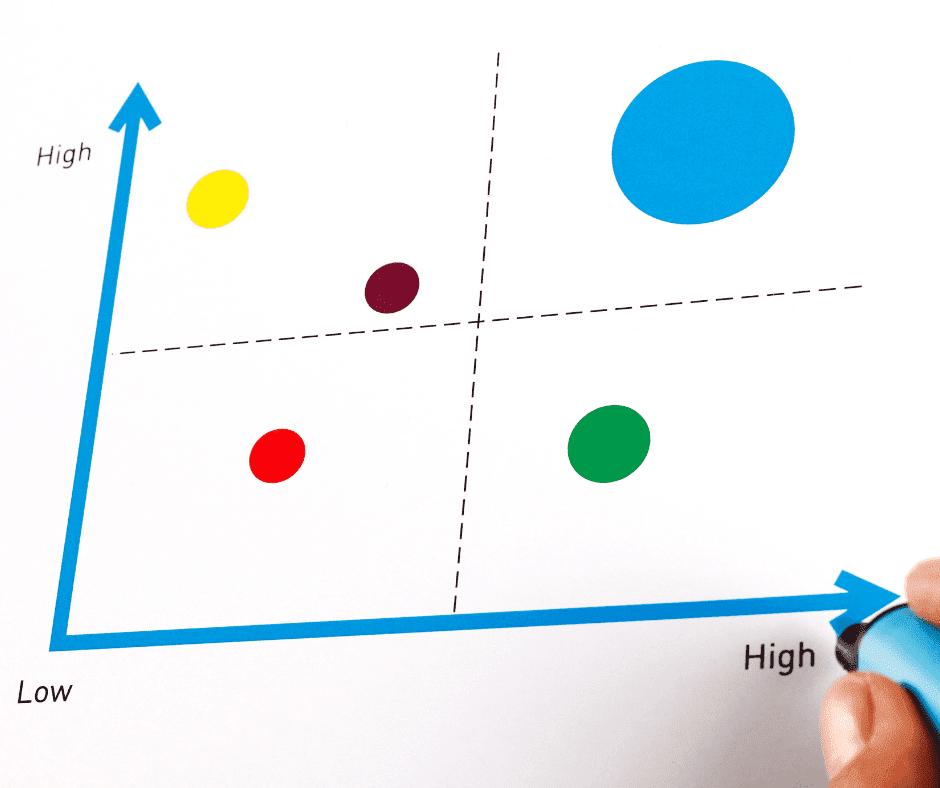
Managing finances in your business
Managing finances in your business
When you are busy running a business getting your head around effective financial management can be difficult.
If you get it wrong you could end up focusing on the wrong things that are detrimental to your business.
As a business owner, there are four basic areas that you need to consider when managing finances in your business:
Have a plan
It’s important to have a plan to you understand your business expenses, project your revenue and be able to track your finances.
Having a plan allows you to track and review your profits and losses, outstanding accounts, payroll expenses and more.
You should review your plan regularly so you have a clear understanding of your business financials and are able to forecast accurately.
We recommend using online software, like Xero. Online software helps you keep accurate and up-to-date records and is a more efficient and time saving way to stay across your financials.
Cash flow
We’ve said it before and we’ll say it again. Cash flow is the lifeblood of business.
By understanding and tracking your incoming and outgoing cash (or cash equivalent), you can gain insight into trends over time. This gives you more understanding of, and therefore control of, your cash flow.
And that means you can use forecasting tools, like Futrli, to identify opportunities to make adjustments to help prevent fluctuations in your cash flow.
Debt
If you have debt associated with your business, and let’s face it – most of us do, it’s essential to keep an eye on it.
Borrowing isn’t necessarily a bad thing, but it’s important to make sure the benefits of going into debt outweigh the costs.
On the flip side, if you’re owed money, it’s vital to closely manage unpaid invoices and secure any money you’re owed in a timely manner. Read more about having a watertight accounts receivable process here.
Growth
Growth is great, but it does need to be manageable.
When you are looking at growing your business or taking on new clients, work out if you manage the additional work and how it will affect your current setup. What additional resources, tools, personnel, financial investment will be required? And (like taking on debt), will the benefits outweigh the costs.
Successful financial management isn’t necessarily about the specific decisions you make. It’s about understanding the impact your decisions will have on your business.
Talk to us about the Apps and tools available to help you manage your business finances.








